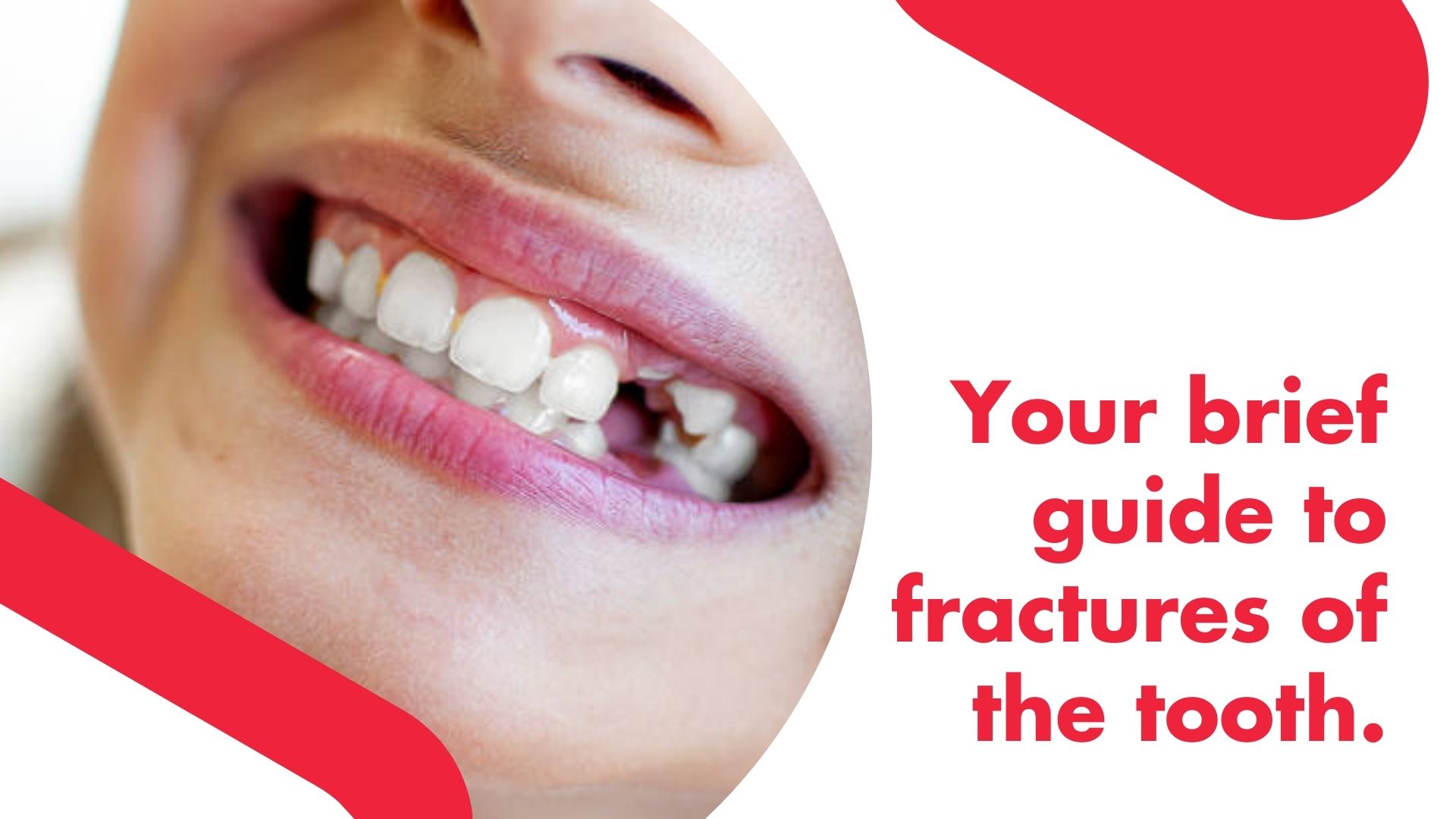Your brief guide to fractures of the tooth
Experience reveals certain facts to dentists regarding tooth fractures. These facts are as following –
- A fractured tooth is a painful experience
- If left ignored and untreated, it leads to nasty complications
- Most people who suffer from the problem are unaware how the fracture occurred
- The majority of these patients are clueless about how to prevent it in course of future
In the following sections of this blog post, let us try unravelling most of the mysteries that shroud the dental condition of a fractured tooth.
Tooth fracture – possible causes
There can be various reasons behind fracturing of a tooth. It is important to know these possibilities, says a dentist in London. Once you know the possible causes behind it, then preventing the condition and protecting your smile become much easier the expert says. Some of the most common causes include the following –
- Biting on hard foods
While biting into hard foods most people fail to realise how much pressure they actually exert on their teeth. Usually biting on ice cubes, kernel of un-popped popcorn, certain nuts and hard candies lead to fracturing the tooth.
A fracture may not occur the first time you try on any of these food items, explains a private emergency dentist in Chelsea. In course of time repeated pressure on the outermost protective enamel coating of the tooth make it prone to breakage and this is how fracture occurs.
- Trauma and accidents
Accidental falls, injuries sustained in sports and road accidents are a few frequent reasons behind tooth fractures. A substantial or sudden impact received on the jaw or the face may easily lead to crack or breakage of a tooth or teeth. And this is the reason athletes are always recommended to wear mouth guards while taking part in any contact sports.
- Grinding or clenching of the teeth or bruxism
Bruxism is a typical dental condition which involves grinding and clenching of the teeth at night while asleep. The worst thing about this problem is most people are unaware that they grind their teeth while asleep until the problem escalates to a level and they start experiencing pain, sensitivity or even broken or fractured tooth. This is a major reason behind premature wearing of the tooth enamel and setting in of fractures in your tooth.
Teeth having large fillings or extensive dental work
The teeth that have large fillings or underwent extensive dental work for some reason or the other are much weaker compared to the natural teeth. When excessive proportion of the natural tooth structure is removed from a tooth it may not have sufficient strength at one point of time to withstand chewing and biting forces on daily basis. This is when such tooth or teeth suffer a fracture.
Natural wear and tear associated with ever advancing age
Dentists working at a reputed emergency dental clinic in Chelsea point out as we keep ageing our teeth undergo chewing, biting and grinding experiences over the years. As we keep ageing our teeth turn increasingly brittle which makes them more prone to fractures. Older adults usually are at more risk of suffering from tooth fracture compared to people younger to them. Older adults with a history of bruxism or grinding and biting on hard foods are even in a higher risk bracket.
Sudden changes in temperature
Drastic changes in temperature inside your mouth may put your teeth under stress. How does this temperature change happens? As you are biting on some food item that is very hot the very next moment you gulp down water which is as cold as ice. This may also lead to formation of tiny cracks on your tooth enamel. In course of time these cracks keep growing and that is how you get larger fractures in the teeth.
Enamel structure weakened from decay and disease
Decay and disease of the tooth leave the natural enamel structure weakened. Such a tooth may break or crack easily. Cavities that are left ignored and untreated actually leave the door open wide for more severe fractures in course of time. Dentists at a reputed emergency dental practice in Chelsea explain these cases often end up in tooth loss.
Classification of fractures on the teeth
Every fractured tooth is not the same and every tooth fracture can be classified based on their severity and location on the tooth.
- Craze line fractures – These are actually shallow and tiny cracks that come up on the enamel. Craze line fractures are quite common and usually this does not require any treatment until and unless ofcourse you start experiencing sensitivity or discomfort.
- Fractured cusp of the tooth – The pointed part of a tooth is called cusp and when it breaks off usually the condition does not affect the inner pulp chamber of the tooth. Usually dentists settle this type of tooth fractures with dental crowns or fillings.
- A cracked tooth – A visible crack on a tooth that runs downward along the tooth surface toward the roots is a serious matter to deal with. If the crack is left untreated then it may easily spread further and make you suffer from pain and infection. In serious cases involving such cracks dentist recommend RCT or root canal treatment whereas in other cases they rely on tooth bonding or a dental crown.
Split tooth – Dentists working at the renowned Emergency Dental Clinic Chelsea explain when a crack divides a tooth into two parts the condition is called a split tooth. If you are lucky then your dentist may be able to save part of the natural tooth else you have to go for tooth extraction.
Read Also: How to Protect Different Surfaces during Jet Washing














1 comment